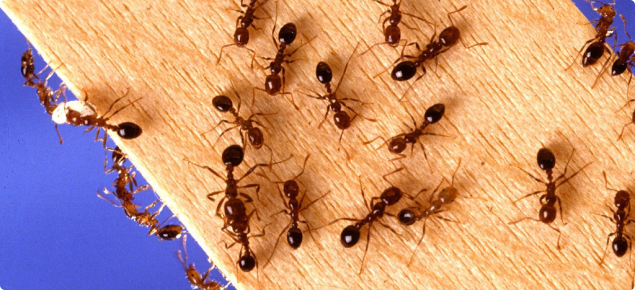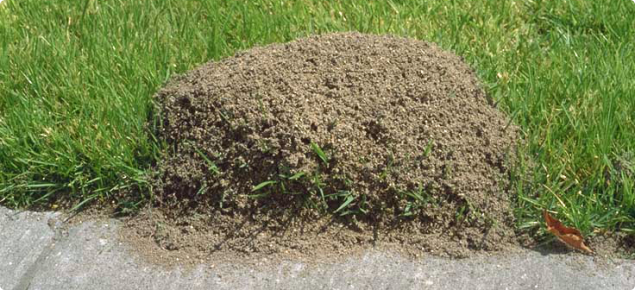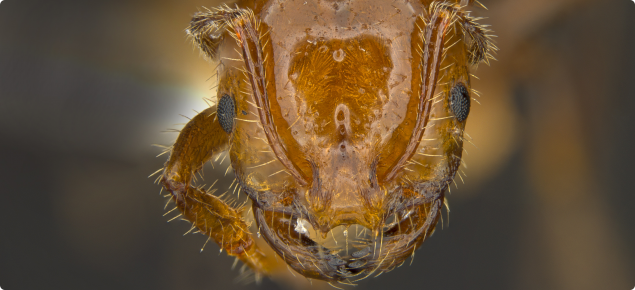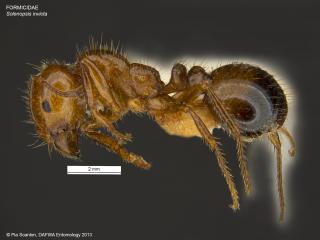Overview
Red imported fire ant (RIFA), Solenopsis invicta, is a serious threat to Western Australia and has already established in south-east Queensland.
This is a prohibited organism in Western Australia under the Biosecurity and Agriculture Management Act 2007 (BAM Act).
The invasive ant pest was first detected at the Fremantle Port in November 2019 as part of the surveillance being undertaken for the National Browsing Ant Eradication Program.
A 2-year comprehensive eradication program was undertaken by the Department of Primary Industries and Regional Development. This included six rounds of visual surveillance involving hand collection, lures, pitfall traps, and the use of specifically trained odour detection dogs from Queensland.
As part of the eradication effort more than 3,500 premises, including container and ferry terminals, industrial properties, fishing wharves, parks and recreational spaces and residential properties were inspected multiple times, with over 14,000 samples collected for identification.
Support and co-operation from Fremantle Port and their tenants, the City of Fremantle, Town of East Fremantle, local residents and businesses during the surveillance, baiting and quarantine activities was crucial to the success of the response.
Western Australia was declared free of red imported fire ant on 21 October 2023.
It is important that any further detections of RIFA or any unusual animal or plant pests or diseases are reported immediately via the MyPestGuide Reporter ® app so that the pest can be contained and eradicated efficiently and effectively.
RIFA could be accidentally imported into Western Australia in items such as pot plants, hay, bee hives, turf or shipping containers.
It has the capacity to form 'super colonies' with multiple queens and can spread rapidly and develop extensive colonies.
These ants are opportunistic feeders that are omnivorous and prey on invertebrates, vertebrates and plants. They destroy seeds, harvest honeydew from specialised invertebrates and also scavenge. This action can affect the whole ecosystem.
They also compete with native herbivores and other insects for food. For example, some ground-dwelling native bees and Thynid wasps are very 'species-specific' and only pollinate native terrestrial orchids. RIFA feeding on the orchids competes with the native bees and wasps, disrupting the natural pollination of these plants.
Being omnivorous, fire ants may prey on other plant feeding insects (phytophagous arthropods) associated with various crops.
Worker ants also feed on certain seeds and plants, and are attracted to nectaries on plants such as cotton and passion vine.
On other plants, they are attracted to oil-containing parts such as the embryo portion of corn and sorghum seeds.






